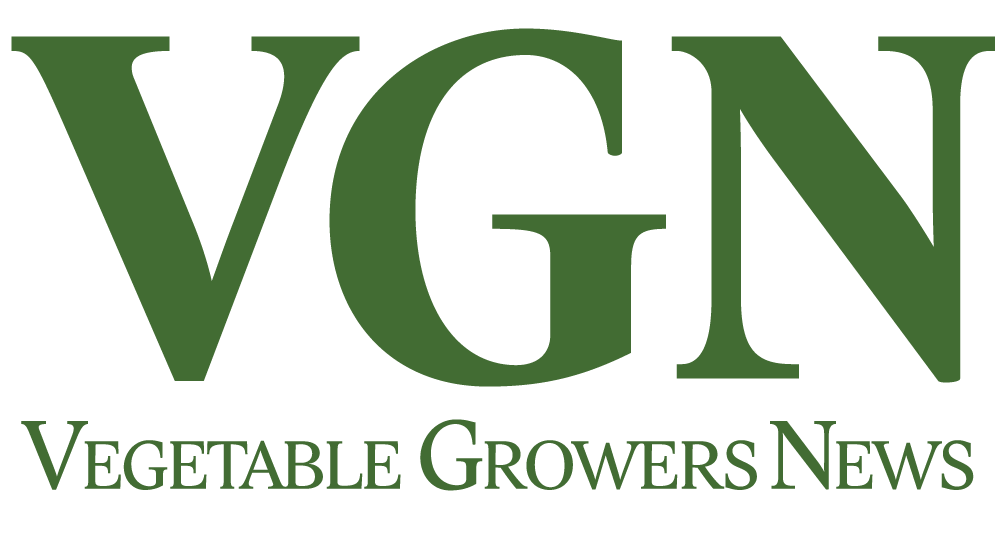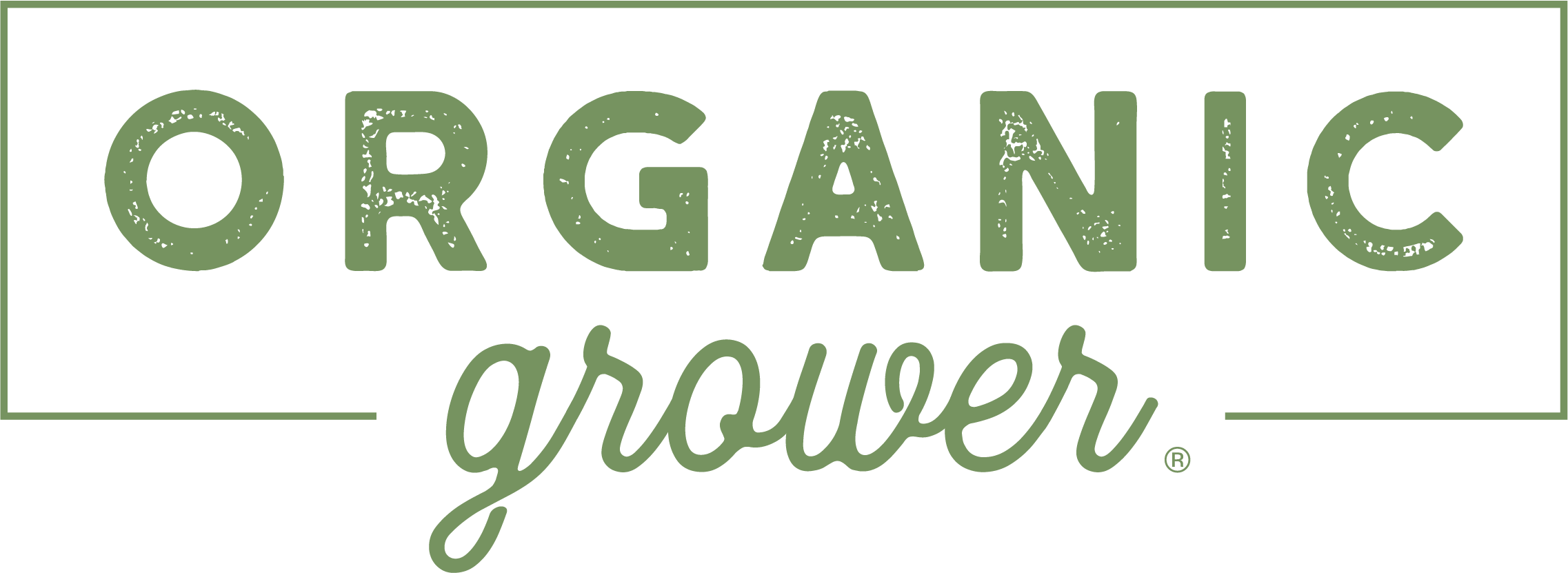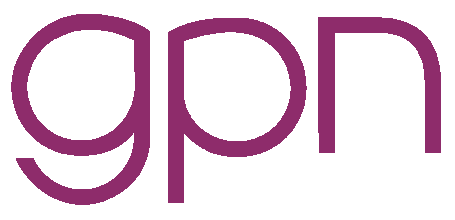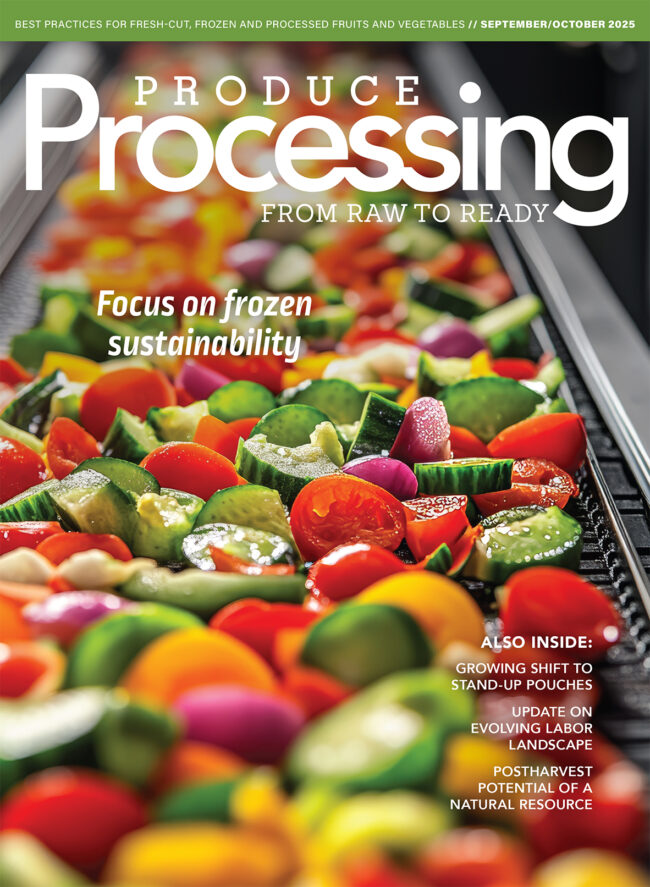End-of-line processing last line of defense for food safety
FSMA’s (Food Safety Modernization Act) Produce Safety Rule is about assessing the risks of potential contamination. Those assessments are especially important during postharvest washing and packing, a high- risk time at the end of the production line.
“The closer the produce is to the consumer when a risk is introduced, the less time you have to control that risk,” said Chip Simmons, North Carolina State University agriculture specialist in fresh produce, food safety.
Yulie Meneses, Cornell University Spanish-language Extension associate with the Produce Safety Alliance, agreed that end-of-line is a crucial step.
“When the produce is at the door and ready to leave your operation, there’s not a lot of things you can do to correct a risk,” Meneses said. “Therefore, it is important to focus our efforts on preventing contamination on every step of the production, harvesting and packing of produce.”
SAFETY CHALLENGES
A fluctuating rotation of farmworkers can challenge produce safety training protocols and add to that urgency. “Employees must be trained before harvesting produce,” Meneses said. “You cannot trust that new employees have had training at another farm.”
Unforeseen mechanical wear of equipment can also increase the risk of cross contamination. The equipment may have been deep-cleaned and sanitized before the season started, but heavy use may have made some parts brittle or led to dirt and grime accumulation.
Another factor in end-of-line safety is employee fatigue amid the hectic postharvest pace, which can breed carelessness, while cross contamination is another serious washing and packing concern.
“For a farm that uses a packinghouse, that packinghouse is a funnel,” Simmons said. “Everything flows into it. If there’s contamination in the packinghouse, it negates everything done before that — good practices in the field and during harvesting.”
Cross contamination could come from a long list of sources, including workers’ hands, washers, tabletops or conveyor belts.
KEY ROLE OF TRAINING
Worker training and retraining — even in the busiest time of the season — is a must that doesn’t have to take long, experts say. It can be a 10-minute refresher on a lunch break and reinforced after training with posted standard operating procedures (SOPs).
“Try to reward for good practices and not punish for bad practices,” Simmons said.
Simple, clear instructions in languages workers are most familiar with contribute to effective understanding, though retraining may be needed in a system where there’s a high rotation of workers.
Repetitive mistakes means the workers aren’t getting the message, and peer-to-peer reminders sometimes work better than a supervisor-to-peer reminder.
“Empower your employees,” Meneses said. “If the tables are getting dirty and there’s not time for cleaning, give them the authority to make the decision to stop the operation and clean.”
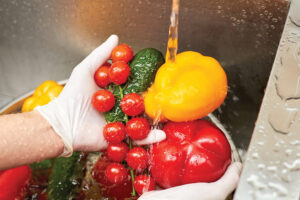 HYGIENIC ZONES
HYGIENIC ZONES
A hygienic design and facility zone evaluation based on the level of contamination risk can help plan the frequency of cleaning and sanitizing.
“Map out the path of your produce,” Meneses said. Whoever touches the produce needs to know their hands must be clean as well as how to clean them.
Know what tools touch the produce and how to clean them, too. Be alert for spaces, like in a conveyor, that cannot be cleaned easily.
SURFACE ZONE CLASSIFICATIONS
Zone 1 surfaces touch or are exposed to produce during normal operations. These areas include conveyor belts, rollers, workers’ hands and reusable containers, and should be cleaned daily or twice daily.
Zone 2 surfaces are not in direct contact with the produce but could be sources of contamination. These areas, which include walkways, break rooms and the outer parts of machines, should be cleaned weekly.
Zone 3 surfaces include walls, floors, drains and other areas that could cause cross contamination if not properly cleaned, and should be cleaned monthly.
Zone 4 surfaces are beyond the packing area and include areas like hallways, offices and break rooms.
A knowledge of safety rules is also crucial when developing protocols. Wood surfaces are allowed and are cleanable but are not sanitizable because of their porosity. Bins can be re-used but must be cleaned and sanitized when necessary.
FSMA allows both open and closed packinghouses, but closed systems must have a plan to exclude pests from establishing.
“FSMA does not require the wash water to have sanitizer in it, but we recommend it,” Simmons said. Sanitizer in the dunk tank prevents cross contamination.
FSMA does not require growers to have a cooling room, but growers who have one must monitor it and manage it well. Check the temperature and run the fans to prevent condensation, which can allow listeria to grow.
“If contamination occurs in the cooler, there’s no way to fix it,” Simmons said.
DRIVING HOME THE MESSAGE
If produce becomes contaminated, it endangers the farm, and that endangers the employees’ livelihood.
“Have you thought about the ‘why?’ ” Simmons said. “It’s important for everyone to understand the ‘why.’ ”
Good training makes it clear why practice is needed to prevent contamination.
“We’re working with fresh produce that’s eaten raw,” Meneses said. “Preventing contamination is the key. Postharvest is stressful because a lot is happening, but good training and a good culture of produce safety can handle it.”


